Thinking about welcoming a Goliath birdeater into your home? These impressive arachnids demand respect and specialized care. This comprehensive guide covers everything you need to know, from legalities and enclosure setup to understanding their surprisingly docile nature.
Is a Goliath Birdeater Right for You?
Before searching for a “Goliath birdeater for sale,” carefully consider the commitment. These spiders require specific environments and are best suited for observation, not handling. It’s more like curating a living exhibit than cuddling a pet.
Temperament: Gentle Giant, Not Cuddly Companion
Despite the intimidating name, Goliath birdeaters (Theraphosa blondi, Theraphosa stirmi, and Theraphosa apophysis) are generally docile. They’re more likely to retreat than attack, preferring to flick urticating hairs—irritating barbs—as a primary defense. While they can bite, their venom is comparable to a wasp sting, posing a minimal threat to humans unless an allergy is present. Learn more about their fascinating temperament in our dedicated Are Goliath Tarantulas Aggressive? section.
Habitat: Recreating a Rainforest Retreat
Replicating their South American rainforest habitat is crucial. This involves a substantial financial investment and ongoing effort.
- Substrate: Coco fiber and peat moss blend to maintain 70-80% humidity, preventing dehydration and molting issues.
- Temperature: Maintain 75-85°F (24-29°C), potentially using a heat mat, for optimal spider comfort.
- Security: A sturdy terrarium (5-10 gallons minimum) with a secure, escape-proof lid is essential. These spiders are surprisingly adept escape artists. More on habitat requirements can be found in our Goliath birdeater for sale: Your Guide to Owning a Giant Spider section.
Finding Your Goliath Birdeater: Navigating the Market
Ready to take the plunge? Here’s where to find Goliath birdeaters for sale:
| Vendor Type | Pros | Cons |
|---|---|---|
| Reputable Online Retailers | Convenience, wider selection, potential for live arrival guarantees. | Inability to inspect the spider beforehand, potential shipping stress. |
| Local Exotic Pet Stores | Pre-purchase inspection, expert advice. | Potentially smaller selection, possibly higher prices. |
| Breeders | Healthier spiders, lineage information, supports ethical practices. | Harder to find, potential waiting lists or travel. |
| Online Marketplaces (e.g., eBay) | Potentially lower prices, wider selection. | High risk of unethical sellers, difficulty verifying health and lineage, usually no live arrival guarantees. |
Caution: Exercise extreme caution with online marketplaces. Prioritize reputable breeders or established businesses offering clear information, live arrival guarantees, and demonstrable commitment to ethical animal care.
Goliath Birdeater Care: Essential Knowledge
5 Essential Supplies
- Large, Secure Terrarium: 5-10 gallons minimum, with robust locking mechanisms.
- Humidity-Retaining Substrate: Peat moss and coco fiber blend.
- Hide/Shelter: Cork bark or similar provides a secure retreat.
- Shallow Water Dish: Provides essential hydration.
- Feeding Tongs: Safe food delivery, preventing accidental bites.
3 Things to Consider Before Buying
- Legality: Research local regulations on exotic pet ownership.
- Enclosure Requirements: Invest in the necessary equipment to maintain the proper environment.
- Lifespan (15-25 years for females): Prepare for a long-term commitment.
Top Mistakes to Avoid
- Excessive Handling: Minimize handling to reduce stress and avoid bites or urticating hair exposure.
- Overfeeding: Careful portion control; overfeeding can lead to health problems.
- Incorrect Humidity: Maintaining consistent, appropriate humidity is vital for the spider’s well-being.
The Goliath Birdeater: A Deeper Look
Unravel the mysteries of the elusive equine hybrid with striped legs and delve into the captivating world of the vibrant and rare Gooty tarantula spider.
What is the Largest Spider Ever Recorded?
The Goliath birdeater is the world’s heaviest spider, weighing over six ounces. While the extinct Megarachne servinei was initially mistaken for a giant spider, it’s now classified as a sea scorpion. The Goliath birdeater, with a leg span up to 11 inches, holds the title. Learn more in our dedicated What is the largest spider ever recorded? section.
Are Goliath Birdeaters Friendly? More Details Here
While not aggressive, “friendly” isn’t the right word. They tolerate observation but are not interactive pets. Handling is discouraged due to their defensive nature, prioritizing their well-being and your safety. Their primary defense mechanism is not biting, which while painful is not usually dangerous to humans, but releasing irritating hairs.
Are Goliath Tarantulas Aggressive? Learn More
Goliath tarantulas are defensive, not aggressive. Their size can be intimidating, but they’d rather retreat than attack. They use urticating hairs and hissing as warnings before resorting to biting. This defensive nature highlights the importance of responsible ownership, providing a suitable environment, and avoiding unnecessary handling. Ongoing research continuously expands our understanding of these fascinating creatures.
By carefully considering these factors, you can decide if you’re truly prepared to provide a thriving environment for a Goliath birdeater. It’s a unique opportunity to observe a remarkable creature up close, but it requires respect, dedication, and a deep understanding of their needs.
- Georgia Platform: A Southern Strategy, 1850s - March 31, 2025
- How many weeks is 40 days: Quick Conversion Guide for Accurate Results - March 31, 2025
- How many feet is 300 meters? 984 Feet: Understand Length Conversions Easily - March 31, 2025
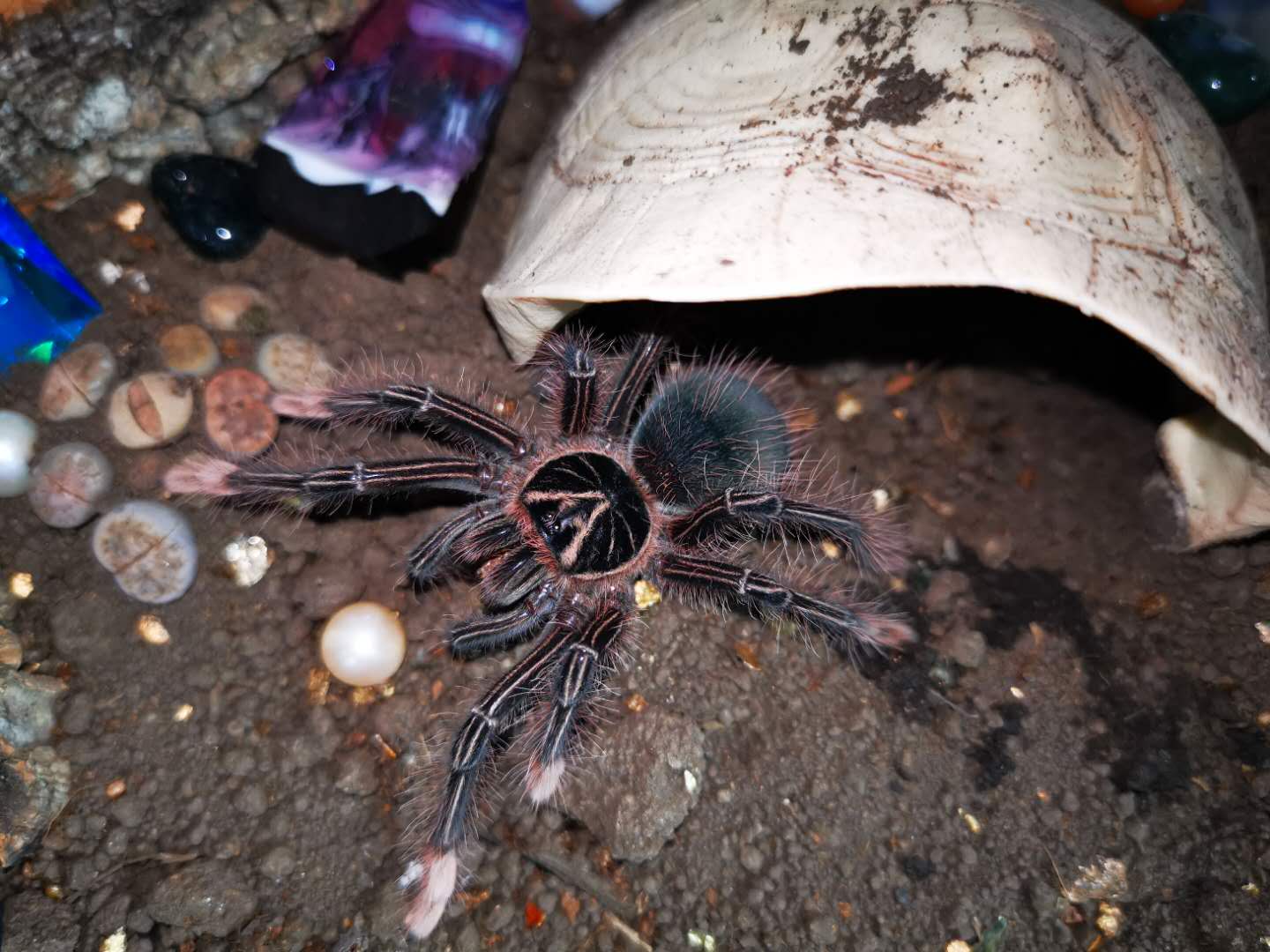
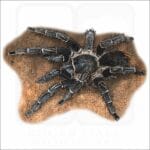
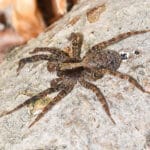


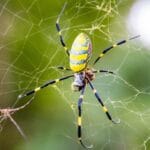
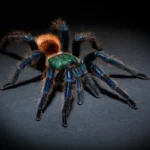










7 thoughts on “Goliath Birdeater Tarantulas for Sale: Find Your Giant Spider”
Comments are closed.